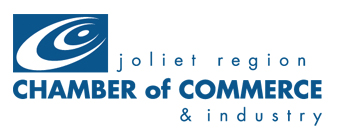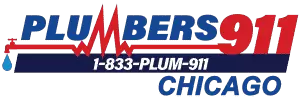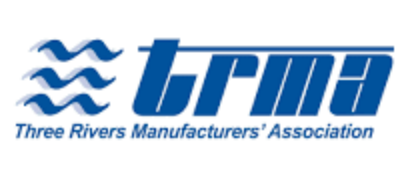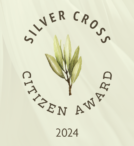. Heating Service Near Me. Avoid 90 percent of heating problem with annual heating service. Dirt is the #1 reason for breakdowns and wasted energy. When you change…
Read More >
. How Sewage Ejector Pumps Work A sewage ejector pump is used when a toilet or even a sink needs to be installed below the…
Read More >
. Furnace Not Working? No Heat? Check These Points Before Calling For Service. Is the thermostat set to HEAT? Is the temperature higher than room…
Read More >
A toilet leaking can waste up to 30 gallons of water a day. . Common toilet leaking problems Toilet flapper A deteriorated or defected flush…
Read More >
Water Heater FAQ With 140 years of water heater experience. PDM Plumbing has water heater FAQ answers to your problem. Safety Tips For A Leaking…
Read More >
Basement Flooding Prevention Since 1885 If your basement is flooding, most likely water pressure was building-up around your foundation. Water naturally seeks the path of…
Read More >
Here are some tips for maintaining your hot water heater: PDM has been maintaining water heaters since the 1880's. You can count on PDM for…
Read More >
Sewer Grease Trap, Grease Intercepter & Catch Basin Help. Are ankles kissing in the night while clogged drains spit and toss behind your back?…
Read More >
Choose the Right Thermostat Your thermostat controls half your energy bill and is the brains behind a heat pump, furnace, boiler, or central AC. According…
Read More >
Your Home's Heating System: The Danger Of A Cracked Heat Exchanger Boilers and furnaces have heat exchangers, a vital component in your home's heating system.…
Read More >







